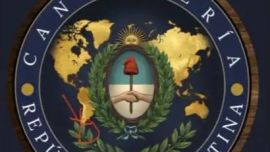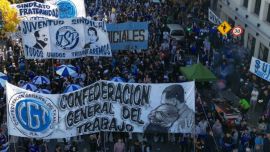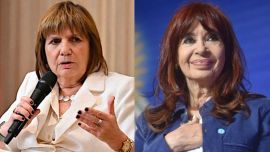A few weeks ago, a document circulated in the offices of some of Argentina’s top football clubs: it was a report detailing the prizes awarded to the winner of the Copa do Brasil, the neighbouring country’s premier cup competition, and the Copa Argentina. The information it revealed generated the same feelings among everyone that read it: a mixture of frustration and indignation. The numbers? US$15 million for the champion in Brazil, against US$250,000 (at the official exchange rate) in our country. Some sixty times less.
This huge contrast explains and validates what we see on television at every regional tournament: Brazilian teams are increasingly outperforming Argentine teams and others from across the region. That is why over the last five years, clubs from Brazil have reached almost all the finals of South American competitions. It was proven again last week: three of the four continental finalists are from Brazil. The Copa Libertadores will be decided between Flamengo and Atlético Paranaense, while the Copa Sudamericana final pairs São Paulo and Independiente del Valle of Ecuador.
Is there a reason, other than money, that can explain the huge gap that has emerged and was clearly evident in the recent Libertadores semi-final clash between Brazil’s Flamengo and Argentina’s Vélez Sársfield (the two-legged tie finished 6-1 on aggregate to the Brazilian side)? Horacio Gennari, a businessman and consultant specialising in the business of football and marketing, says no: "It's just money. No club can keep the young players who emerge and are good in Argentina. Brazil, on the other hand, has a strong currency that attracts any footballer," he explains.
"We can't compete with those contracts in dollars. And it's not only against Brazil, today even Defensor Sporting of Uruguay or Universidad de Chile are unattainable goals for most Argentine clubs," the president of an important club in the Liga Profesional de Fútbol told Perfil a few months ago.
Context determines almost everything: an economy in crisis like Argentina's generates clubs in crisis or fragile teams. Gennari sums it up clearly: "Poor country, impoverished football."
Budgets
The difficulties can be further identified with a bit of digging. According to the club’s official published accounts, the 2021/2022 budget for Boca Juniors' professional side, traditionally one of the strongest institutions financially, is 2.096 billion pesos for the playing squad (spread between salaries and bonuses) and 395 million pesos for the coaching staff – in total, 2.491 billion pesos for the season. Converted into dollars, the budget of one of the most competitive squads in the country therefore ranges between US$9 million (at the unofficial or ‘blue’ rate) and US$18 million (at the official rate).
Arturo Vidal, the Chilean star who left Inter Milan in Italy and was wanted by Boca as a reinforcement for its playing squad this year, is paid US$285,000 per month (almost US$3.5 million a year) by Flamengo, the Brazilian side that saw off Vélez in the Libertadores semi-finals. And his is not even the largest contract in the squad: ahead of Vidal is another ex-Inter star Gabriel Barbosa, the striker that the Brazilian team has employed for more than than four years and who will play his third Libertadores final (he has already played against River, in 2019, and against Palmeiras, in 2020) later this year.
But while Flamengo represents the hyperbole of this astronomical difference between the economies of Brazilian and Argentine clubs, within the playing staff of the other side that reached the final of the continent’s most important tournament there are also striking examples. The biggest star by far is Fernandinho, the defensive midfielder who three months ago was winning the Premier League with Manchester City and is now just one game away from lifting the Libertadores. Paranaense have only reached the final once before, in 2005, against São Paulo. Seventeen years ago, a young Fernandinho played in midfield.
Four of the last five Libertadores champions have been Brazilian: Grêmio in 2017, Flamengo in 2019 and Palmeiras in 2020 and 2021. This year's will be too. Only River Plate, in 2018 and in the memorable final against Boca in Madrid, managed to break that hegemony. It was an exception that confirmed the rule: Brazilian teams are increasingly distancing themselves from their Argentine rivals.




















Comments